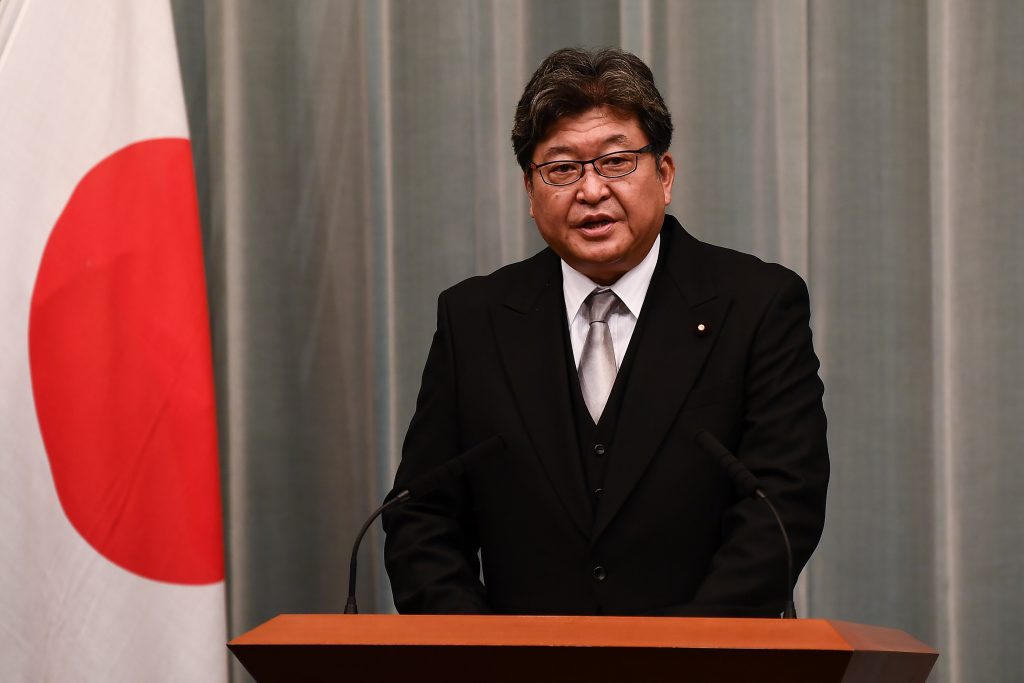
- ARAB NEWS
- 06 Jul 2025

TOKYO: Education minister Koichi Hagiuda called on universities in Japan again on Thursday to give face-to-face classes as much as possible while taking countermeasures against the new coronavirus.
Hagiuda made the request in a meeting with presidents of public and private universities to discuss how classes should be held amid the virus crisis.
“We’ve heard voices from many students saying that not enough face-to-face classes are available yet,” Hagiuda said in the meeting.
“With some students afraid of coming to Tokyo from rural areas, it would be difficult for universities to make face-to-face classes the main style of education,” said Yoshiaki Obara, acting head of the Association of Private Universities of Japan and also president of Tamagawa University in Tokyo.
“While face-to-face classes have merits, classroom teaching is not the only form of education,” Keio University President Akira Haseyama, also president of the Japan Association of Private Universities and Colleges, said, calling for a fundamental review of the current university education system.
Hiroshi Kito, head of the Japan Association of Public Universities and president of the University of Shizuoka, called on the education ministry to refrain from releasing the names of universities that are cautious about offering face-to-face classes.
The ministry has shown a policy of disclosing the names of universities if the proportion of face-to-face classes accounts for 30 pct or less of their overall classes in the second semester of the current academic year to March 2021.
Hagiuda said his ministry plans to release the names of such universities after considering regional characteristics and efforts by individual schools.
JIJI Press